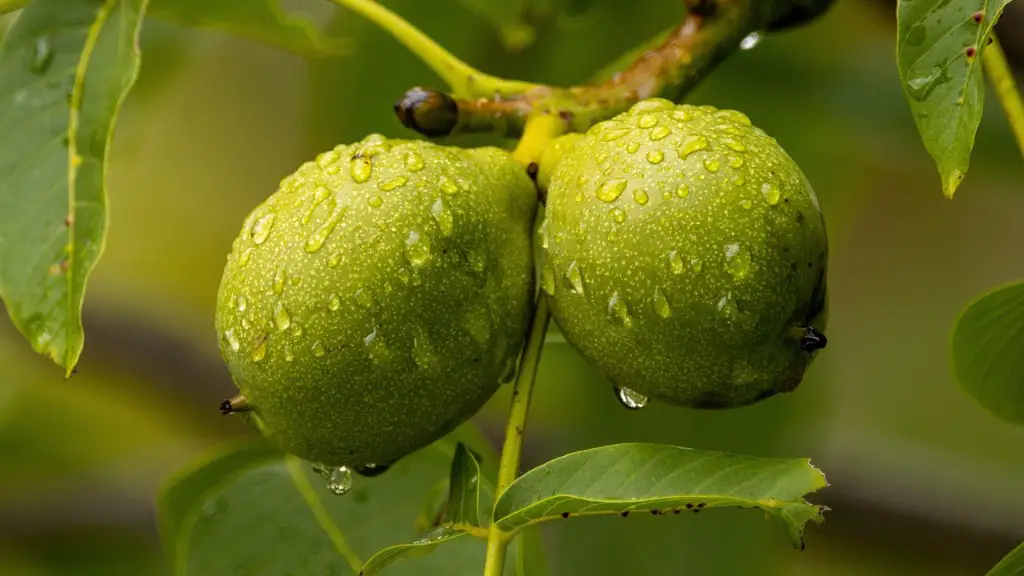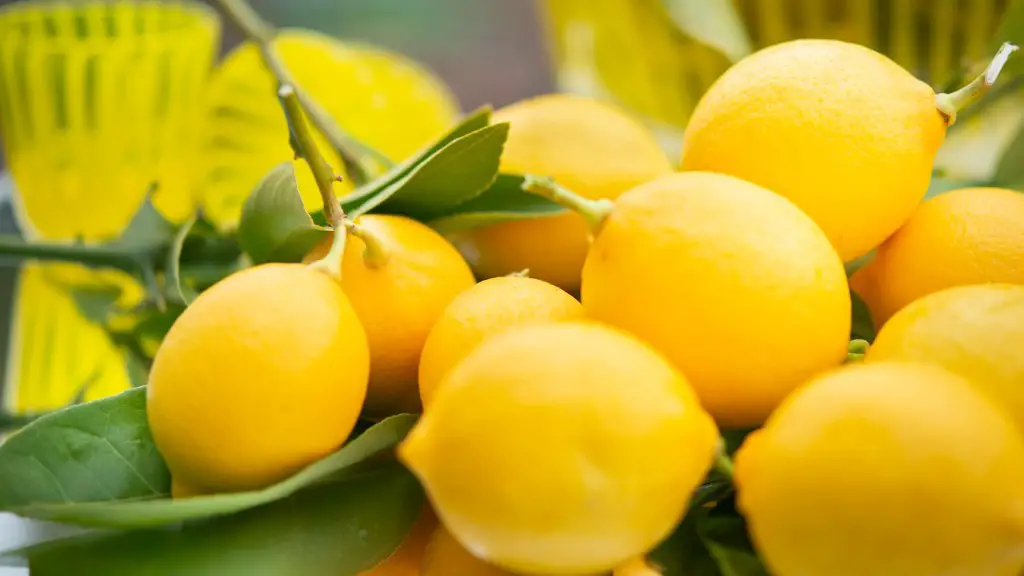What is Grafting?
Grafting is a horticultural technique that uses two plants of different species to create one single plant. It involves joining the two different plants so that they grow as a single unit, with the same root system and branches. The goal of grafting is to combine the desirable characteristics, such as size and fruit production capability, of the two different species. This can be successfully done with an avocado tree.
What is an Avocado Tree?
An avocado tree (Persea americana) is a tall evergreen tree often grown in tropical climates or in warmer regions of the United States. These trees are slow-growing and long-lived, capable of living up to 100 years old. Avocado trees produce a single-seeded fruit with a leathery green skin and a yellow-green to yellow flesh. The fruit can be eaten fresh or used in cooking.
Preparation for Grafting an Avocado Tree
Grafting an avocado tree is a careful and precise procedure. Before attempting to do the graft, the tree and its rootstock must be in healthy condition. Both the tree and the rootstock should have strong, healthy stems and need to be at the same stage of growth and development. The tree to be grafted should be 1-2 years old, while the rootstock should be 6-12 months old.
Steps for Grafting an Avocado Tree
The process of grafting an avocado tree requires several specific steps, which must be done with care to maximize the chances of successful union between the two plants. The first step is to select the appropriate variety or cultivar of the avocado tree, and then properly prepare the rootstock of the tree. Once the rootstock has been prepared, the tree to be grafted must also be cut to an appropriate shape and size. The cut should be made in an upward manner to ensure the bud is exposed to the outside and the cambium layer is exposed.
Now the rootstock and the grafted tree are carefully joined together, ensuring that the cambium layers of both plants line up. The graft is then covered with grafting tape and wax to seal it in place and encourage a successful union. Once the graft has been completed, the newly grafted tree must be carefully monitored and adequately watered. If done correctly, the graft should be successful within 18-24 months.
Factors to Consider when Grafting an Avocado Tree
When grafting an avocado tree, there are several factors which must be considered to ensure a successful outcome. First and foremost, the tree and rootstock must be in optimal condition and the same stage of development. Additionally, the graft itself must be properly sealed with tape and wax. Furthermore, proper monitoring and regular watering are essential to ensure the graft doesn’t dry out. Finally, timing is also an important factor: grafts may take anywhere from 18-24 months to successfully form, so patience is a must.
Equipment Needed for Grafting an Avocado Tree
Grafting an avocado tree requires a few specific tools and materials. The most important item is the grafting knife, which is used to cut the two plants and make sure they are properly positioned together. Grafting tape is also important, as it helps to seal the grafted tree and provide it with stability. Additionally, grafting wax is necessary for sealing the graft. Finally, gardening shears are needed to trim off any extra branches or leaves.
The Benefits of Grafting an Avocado Tree
Grafting an avocado tree offers certain advantages, including the possibility of producing larger, more abundant fruit yields than with traditional methods. Grafting can also be used to improve the quality of the fruit, as certain cultivars are known to have superior flavors or nutrient content. Additionally, grafting can spur faster growth and increase the overall health and vigor of the plant.
Accessing Professional Help when Grafting an Avocado Tree
Grafting an avocado tree is a precise procedure that often requires specialized knowledge and expertise. As such, it’s important to consider accessing professional help such as an experienced gardener or horticulturist who is familiar with grafting techniques. Consulting a professional before attempting to graft an avocado tree is a great way to ensure the process is done correctly.
Maintaining the Avocado Tree after Grafting
Grafting an avocado tree is just one part of the process. After grafting, the tree must be properly maintained in order to ensure optimal growth and fruit yields. This includes regular watering, fertilizing, pest control, pruning, and shielding from extreme temperatures. When correctly looked after, an avocado tree can be a great addition to any garden.
Incorporating a Pollinator Avocado Tree when Grafting
When grafting an avocado tree, consider incorporating a pollinator tree as well. This is a tree of a different variety or cultivar that has been chosen to promote successful flowering and fruiting that doesn’t require bees or other pollinators. While a pollinator may not be necessary in all cases, it can be beneficial for increasing the chances of a successful graft and bearing fruit.
Conclusion
Grafting an avocado tree is a careful and precise procedure, requiring the selection of the appropriate variety, the proper preparation of the rootstock and tree, and the careful joining of the two plants. It must also be monitored regularly, and the tree must be properly maintained and cared for after grafting. In addition, consider incorporating a pollinator tree to aid in successful flowering and fruiting. With the right guidance and care, anyone can have a successful avocado tree graft.

